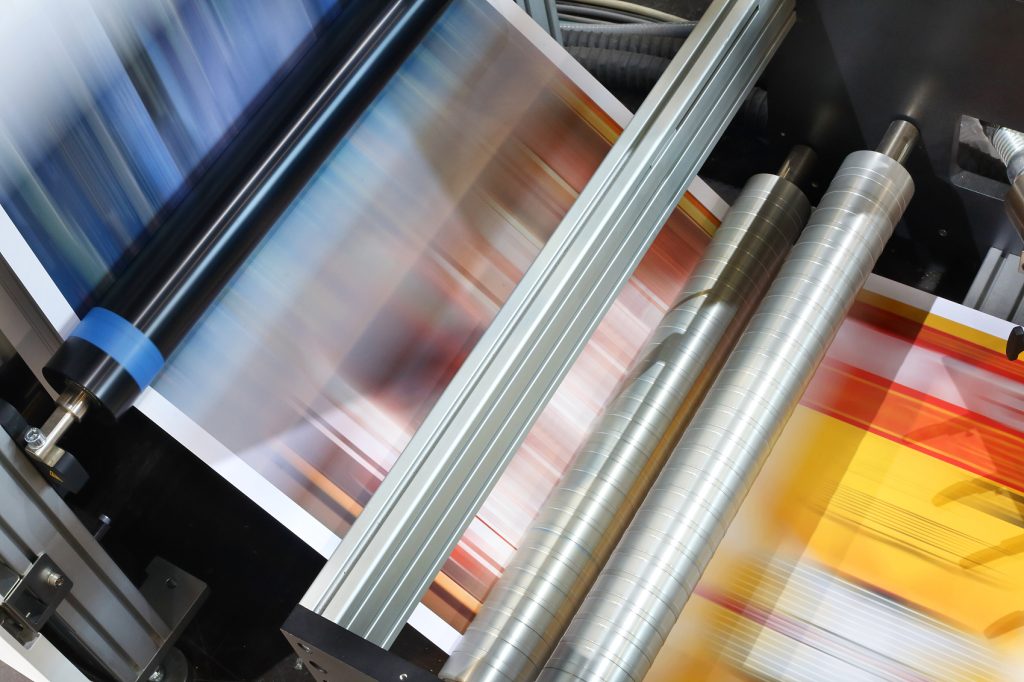
What is the difference between inkjet and offset?
2023-08-18
The main difference between inkjet and offset printing lies in the printing process. Inkjet printers spray tiny droplets of ink onto the printing surface directly, while offset printing transfers ink onto a rubber blanket before being applied to the paper. Offset printing is generally more suitable for large-scale production, while inkjet printing is often used for smaller quantities or personalized prints.
OFFSET INK - Specialty pigment carbon black applied to offset ink system, provide excellent blakness with abrasive resistance
Principle of Operation:
Inkjet: Inkjet printing works by spraying tiny droplets of ink onto the printing surface. The ink is propelled through small nozzles controlled by computer software.
Offset: Offset printing involves transferring ink from a metal plate to a rubber blanket and then onto the printing surface. It uses the principle that oil and water do not mix to create the desired image.
Printing Quality:
Inkjet: Inkjet printing is known for its high-quality output, especially for images and photographs. It can produce vibrant colors and fine details.
Offset: Offset printing is also capable of producing high-quality prints, particularly for large quantities. It provides sharp and consistent images with precise color reproduction.
Printing Volume:
Inkjet: Inkjet printing is suitable for both small-scale and large-scale printing. It is commonly used for small print runs, personalized printing, and on-demand printing.
Offset: Offset printing is more efficient for large-volume printing. It is often used for commercial printing, such as newspapers, magazines, brochures, and packaging materials.
Cost:
Inkjet: Inkjet printing can be cost-effective for small print runs due to its flexibility and lower setup costs. However, the cost per page may increase for large-scale production.
Offset: Offset printing is more cost-effective for large print runs due to its high-speed production capabilities. The setup costs are higher, but the cost per page decreases as the volume increases.
Substrates:
Inkjet: Inkjet printers can print on a wide range of substrates, including paper, cardboard, fabric, plastic, and even 3D objects.
Offset: Offset printing is primarily used for printing on paper and cardboard. It is not suitable for printing on non-porous or irregular surfaces.
Both inkjet and offset printing have their own advantages and are used in different printing applications based on factors such as print quality, volume, cost, and substrate requirements.
Previous page:How to calculate ink consumption in gravure printing?

